It’s summertime, and if you have kids they are probably playing hard in the hot sun. To help them cool off, you might take them to the pool, play water games, or give them a brightly colored ice pop.
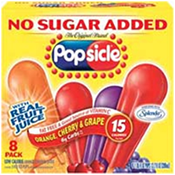 The ice cream and frozen novelty aisle at your local grocery store is full of delicious and fruity looking options. Some of the packaging, like this box of Popsicle brand ice pops, include the words “NO SUGAR ADDED” and “with REAL FRUIT JUICE” emblazoned on the front of the box. The wording and images lead you to believe it is a healthier choice than some of the other ice pop options.
The ice cream and frozen novelty aisle at your local grocery store is full of delicious and fruity looking options. Some of the packaging, like this box of Popsicle brand ice pops, include the words “NO SUGAR ADDED” and “with REAL FRUIT JUICE” emblazoned on the front of the box. The wording and images lead you to believe it is a healthier choice than some of the other ice pop options.
But to get to the facts, you have to turn the box over and read the ingredient list.
Invariably, you will see a list of ingredients that is longer than expected. In addition to some fruit juices, you may see “Sucralose,” and a string of artificial food dyes, including Red 3, Red 40, Yellow 5, Yellow 6 and Blue 1.
New Worries About Sucralose
Although reducing the amount of added sugars in your child’s diet is highly recommended, Sucralose, the calorie-free articificial sweetener known as Splenda, may not be the harmless swap you have in mind.
In an unpublished Italian animal study, lifetime consumption of Sucralose was linked to a higher risk of developing leukemia. The more sucralose the mice consumed, the higher their risk of leukemia.
Dr. Soffritti, who conducted the study, says that children and pregnant mothers should avoid consuming artificial sweeteners until appropriate studies clearly show there is no cancer risk.
In response, The Center for Science in the Public Interest (CSPI,) a consumer watchdog group, has downgraded this additive from “safe” to “caution.”
Some organizations and individuals dismiss this study, but I find it concerning that the only long-term feeding studies on sucralose in animals before this one, were conducted by Johnson & Johnson, the makers of Splenda.
And there have been only TWO human studies on Splenda, on a total of 36 people. Guess how long they lasted.
FOUR DAYS.
That’s not nearly enough for me to assume that lifelong consumption is safe for me and my family, and you may feel the same.
Cancer risk aside, there is evidence in a 2008 study that Splenda reduces beneficial gut bacteria by half. Very bad news for your digestion and immunity.
Artificial sweeteners are several hundred times sweeter than sucrose (table sugar.) These foods give us and our kids a major “sweet tooth.” Our taste buds become accustomed to the heightened sweetness, and natural foods no longer taste sweet enough. So we end up eating way more sugar than we normally would.
Worrisome Artificial Colorings
Next on the ingredient list are those artificial food dyes. These dyes are associated with hyperactivity in kids (Yellow 5 & 6, Red 40) cause tumors in rats and mice (Blue 1, 2,) and can be contaminated with known carcinogens (Yellow 6).
Download my free report to arm yourself with the detailed facts.
When it comes to ice pops that contain artificial sweeteners and food dyes, don’t risk it. Put it back on the shelf.
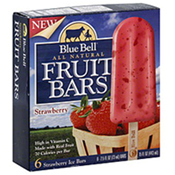 You may have to search a little, but there are better alternatives available. These Blue Bell Fruit Bars, for instance, have a very short ingredient list, with no dyes or artificial sweeteners. They do have some added sugar, though.
You may have to search a little, but there are better alternatives available. These Blue Bell Fruit Bars, for instance, have a very short ingredient list, with no dyes or artificial sweeteners. They do have some added sugar, though.
Better yet, make your own. Why do delicious strawberries need added sugar?
Toss some whole fruit into the blender, whiz it up, then pour it into some freezer ice pop molds. In a few hours your kids (and you!) can enjoy delicious, refreshing, whole fruit pops without any added worries.
[/fusion_builder_column][/fusion_builder_row][/fusion_builder_container]



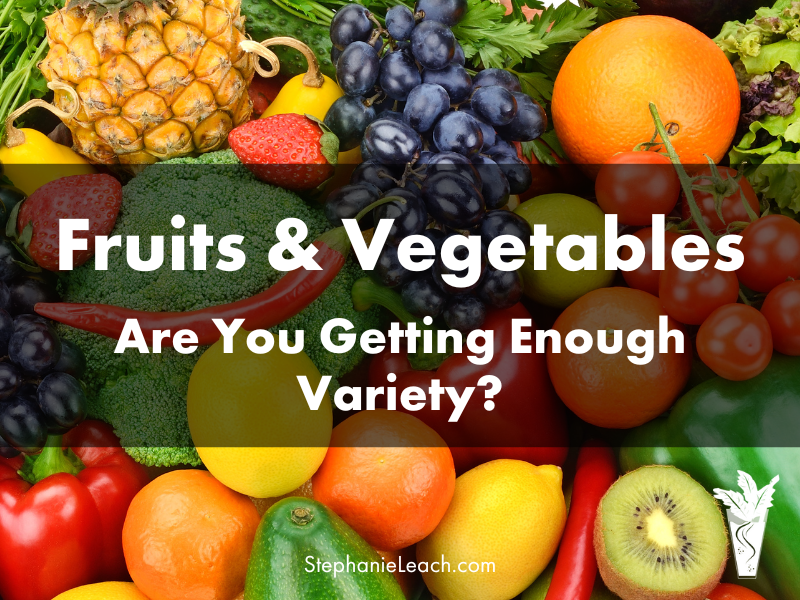
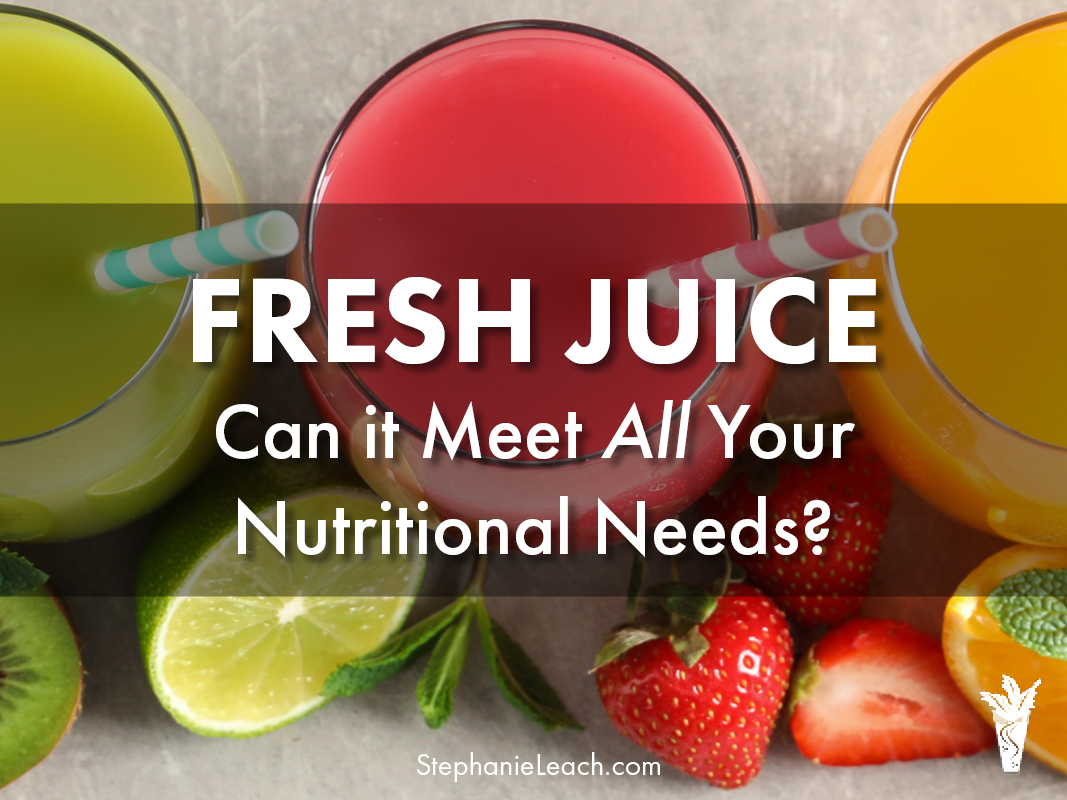
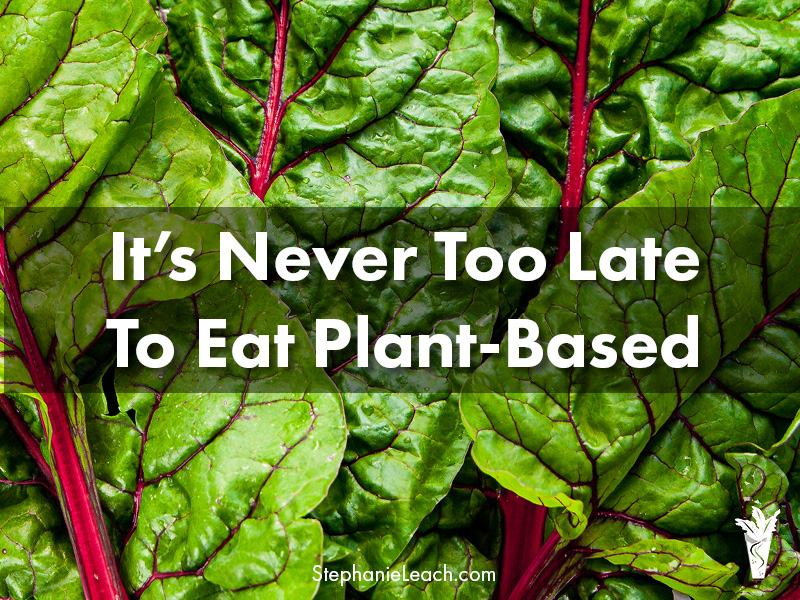
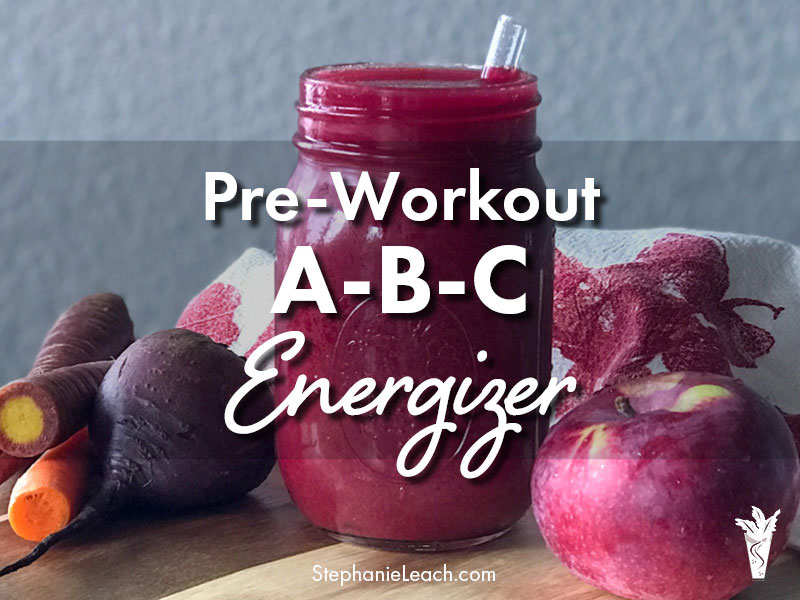

Leave A Comment